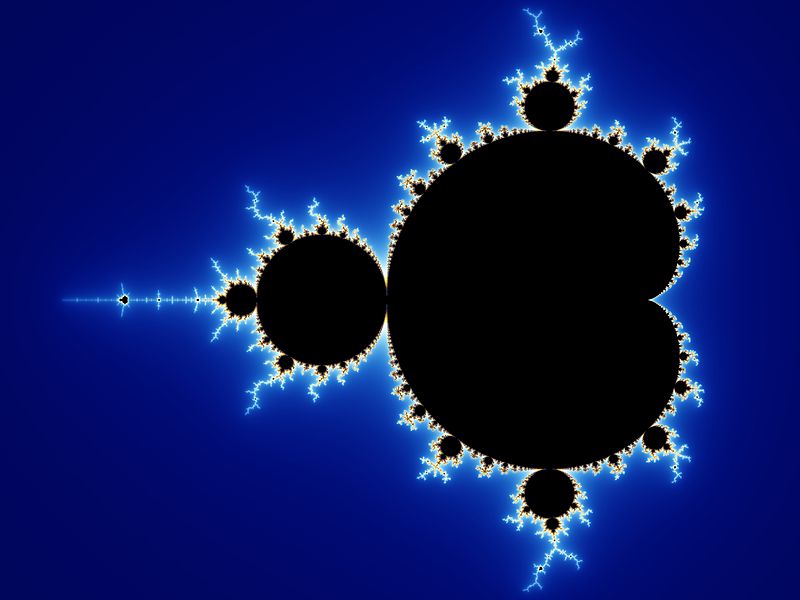Fractal Design: a FREE GUIDE!
Introduction to Fractals: A Brief Mathematical Overview
Fractals are complex geometric patterns or structures that exhibit self-similarity at different scales. The term “fractal” was coined by mathematician Benoît B. Mandelbrot in 1975. These intricate designs can be generated through mathematical formulas or algorithms, and their unique properties have captured the imagination of artists, mathematicians, and scientists alike.
1. Self-Similarity: The Essence of Fractal Design
One of the key characteristics of fractal design is self-similarity, which means that smaller parts of the design resemble the whole structure. This property can be observed in various natural phenomena, such as snowflakes, coastlines, and fern leaves. For example:
Example: Snowflakes
When you examine a snowflake closely, you’ll notice that the intricate ice crystal structure is composed of smaller ice crystals, each exhibiting a similar pattern to the larger snowflake.

2. The Mandelbrot Set: A Famous Fractal Design
The Mandelbrot set is perhaps the most famous fractal. It is generated through a simple iterative mathematical formula, and its visual representation displays intricate patterns and shapes. The set is defined as the set of complex numbers for which a particular mathematical process does not diverge to infinity. This process is typically represented by coloring the points within or outside the set based on their behavior during iteration.
Example: Mandelbrot Set

As you zoom into different regions of the Mandelbrot set, you’ll discover smaller copies of the original set, each with its own intricate patterns. This self-similarity is a hallmark of fractal design.
3. Fractals in Nature: Patterns that Permeate the World
Fractal patterns are abundant in nature, from the branching of trees and river networks to the shapes of clouds and galaxies. These occurrences are often described by fractal dimensions, which quantify the complexity of structures that are too irregular for traditional Euclidean geometry.
Example: Romanesco Broccoli

Romanesco broccoli, with its self-replicating spiral patterns, is a prime example of fractal design in nature. Each floret is a miniature replica of the entire head, following the same spiral pattern.

4. Fractal-Based Art and Architecture: Merging Mathematics with Aesthetics
The mesmerizing beauty of fractals has inspired artists and architects to incorporate fractal design principles into their work. Fractal-based art and architecture provide an opportunity to create visually striking compositions that resonate with both technical precision and artistic expression.
Example: The Guggenheim Museum, Bilbao

The Guggenheim Museum in Bilbao, designed by architect Frank Gehry, showcases fluid and curved lines reminiscent of fractal geometries. Its titanium-clad surfaces reflect light in a fractal-like manner, creating an ever-changing visual experience.

Fractal designs are often used in the following ways:
- Digital Art: Digital artists use fractal-generating software to create beautiful and abstract artworks with intricate patterns and colors.
- Computer Graphics: Fractals are employed in computer graphics for creating textures, landscapes, and realistic natural elements like clouds, trees, and terrain.
- Architecture: Some architects incorporate fractal design principles into buildings’ facades, interior spaces, and landscaping to add a sense of complexity and visual interest.
- Jewelry and Fashion: Fractal-inspired patterns can be found in jewelry, clothing prints, and accessories, adding a unique and captivating element to the design.
- Web Design: Web designers might use fractal patterns as backgrounds or elements to enhance the website’s visual appeal and user experience.
- Packaging Design: Fractal patterns can be used on product packaging to attract attention and create a distinct visual identity.
- Branding and Logos: Companies looking for a modern and visually appealing brand identity may opt for fractal-inspired logos or branding elements.
Conclusion: Fractal Design – A Fusion of Art and Mathematics
The fractal design exemplifies the harmony between art, mathematics, and nature. By delving into the depths of self-similarity and repetition, fractals uncover the intrinsic beauty of complexity in our world. From the realms of theoretical mathematics to the aesthetics of artistic creations, fractal design continues to captivate our imagination and inspire innovative creations across various disciplines.
Fractals are a fascinating concept in mathematics and art, and they can be found in nature as well. Some common examples of fractals include the Mandelbrot set, the Sierpinski triangle, and the Koch snowflake.

